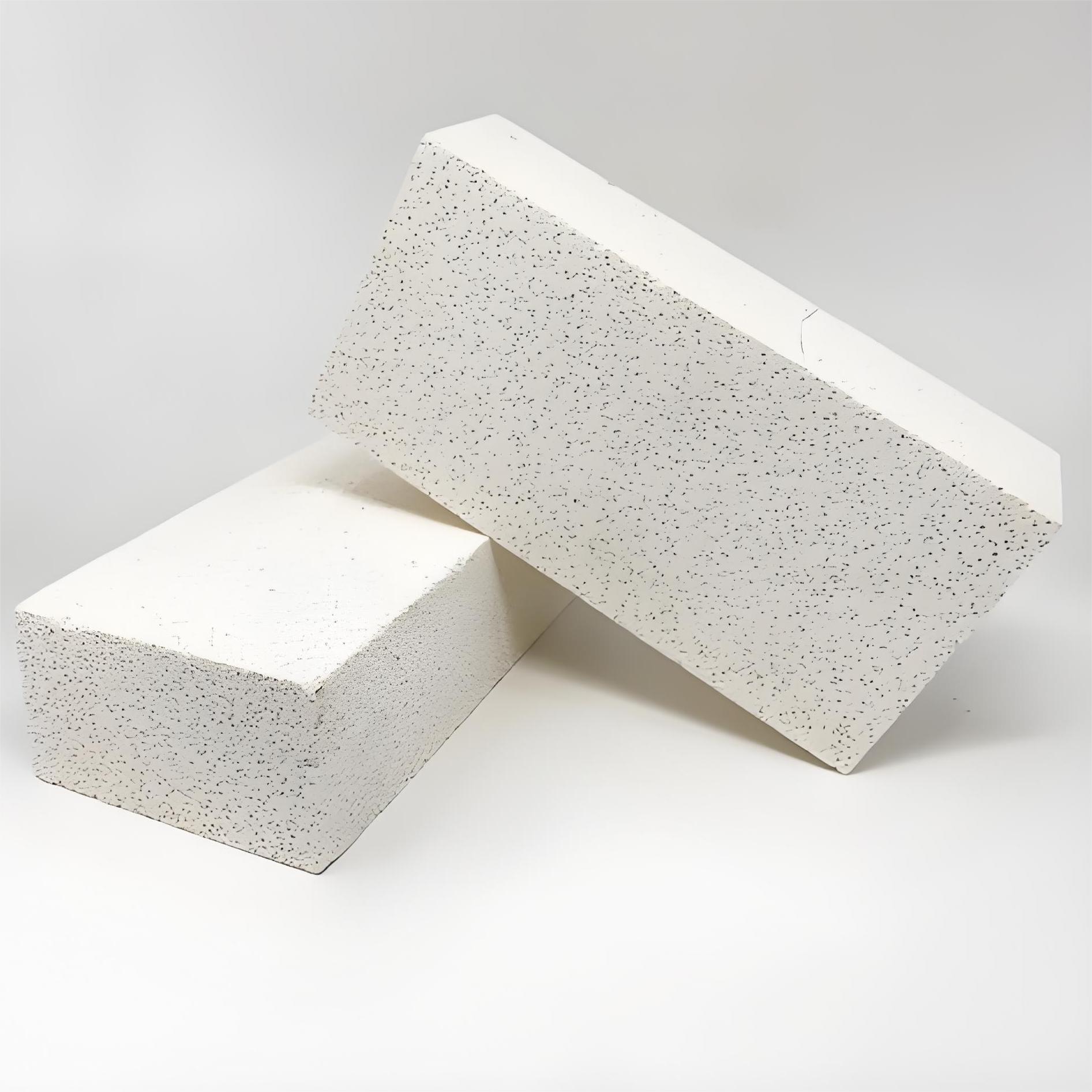
In the steel, glass, and ceramic industries, energy waste from furnace walls isn’t just a cost—it’s a silent killer of profit margins. Many managers assume insulation is “just a layer,” but that mindset leads to avoidable losses. That’s where mullite insulating bricks come in—not as a luxury, but as an essential upgrade.
Most standard refractory bricks lose efficiency above 1400°C due to high thermal conductivity and structural degradation. But mullite bricks are engineered for extreme conditions: they maintain stability up to 2000°C, with a true low apparent porosity ≤ 0.5%. This means less heat escapes through cracks or pores—directly improving thermal retention.
Think of it like this: if your furnace wall were a sweater, traditional bricks would be thin cotton. Mullite? It's a high-tech fleece—lightweight, warm, and durable.
These bricks weigh only about 1.2–1.4 g/cm³—up to 30% lighter than dense fireclay bricks. Why does that matter?
Case Study: German Ceramic Manufacturer
Before: 18% heat loss, annual fuel cost = €145,000
After installing mullite bricks: 7% loss, saved €68,000/year
This isn’t isolated. Over 2,000 industrial clients globally have validated this solution—from Indian steel plants to U.S. glass kilns. And yes, even in harsh environments like desert sandstorms or coastal humidity, these bricks perform consistently.

Energy management isn’t about reacting to rising bills—it’s about designing smarter systems. With mullite bricks, you’re not just insulating—you’re future-proofing your operations. The data speaks clearly:
| Parameter | Traditional Brick | Mullite Brick |
|---|---|---|
| Max Temp (°C) | 1400 | 2000 |
| Apparent Porosity (%) | ≥ 15 | ≤ 0.5 |
| Thermal Conductivity (W/m·K) | ~1.2 | ~0.4 |
That’s not just better performance—it’s a shift from passive energy consumption to active control. And with global validation from over 2,000 companies, this is more than a trend—it’s a proven path forward.
If you're still relying on outdated insulation methods, now’s the time to rethink your approach. Don't wait for another energy bill shock—start building resilience today.
Get Your Free Energy Audit Report Now – See How Much You Can SaveYou might be wondering: Is this the right choice for my plant? Let us help you find out—with no obligation.











